With Yateley and it’s surrounding areas rich with wildlife, owing largely to the abundance of woodlands and preserved heathlands around, it is no wonder we decided to base our logo for Blackbushe Park on the oak trees that surround the park and local area.

Blackbushe Park makes a great home for the oak trees that are on the park. We have always had this in mind when planning homes and maintaining the land, especially with our amazing redevelopment of Blackbushe Park coming up. Oak trees support more wildlife than any other tree, which means if you’re lucky enough to live at Blackbushe Park, you will likely see a fantastic variety of wildlife right on your doorstep. If bird spotting isn’t a favourite pass time already, I’m pretty sure it will be once you have settled into your new home.
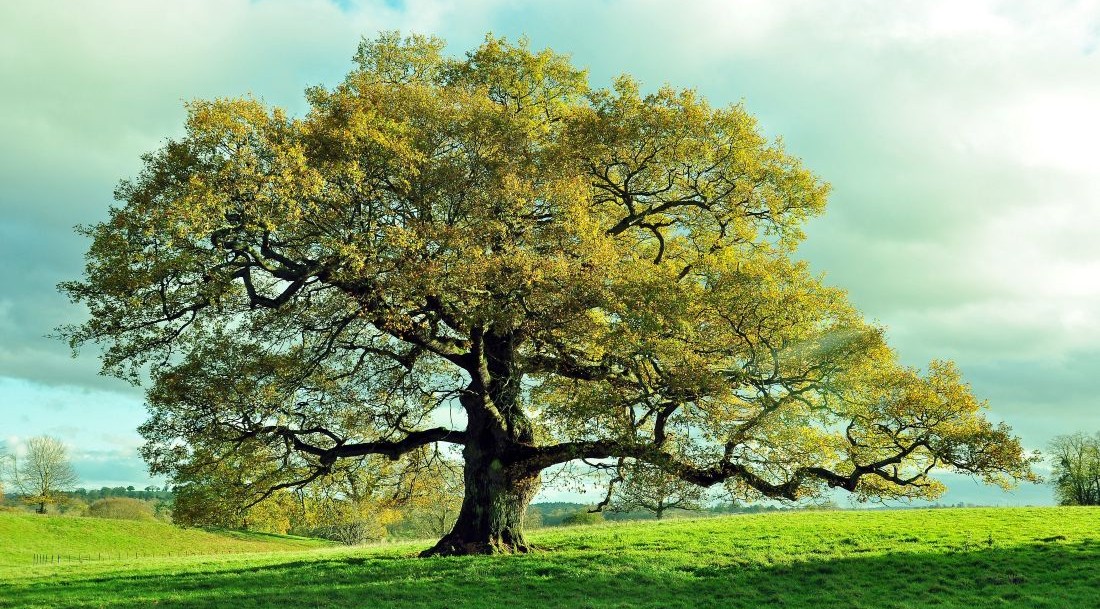
Oak trees native to the UK
We all know squirrels love an acorn or two! Look for the squirrel, the acorns and there must stand an oak tree, right? But, there are actually two oak trees native to the UK – the Pedunculate known as the Common English Oak and the Sessile known as the Cornish or Irish Oak. They both have similar characteristics but there are simple tell-tale signs that can help you distinguish between them. Both can grow between 20 and 40 metres high but the Common English Oak tends to be broader (and to make things more complicated both oaks can hybridise).
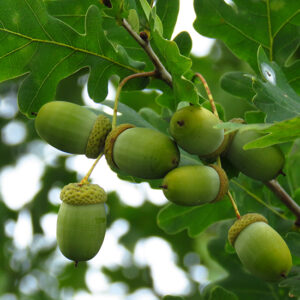
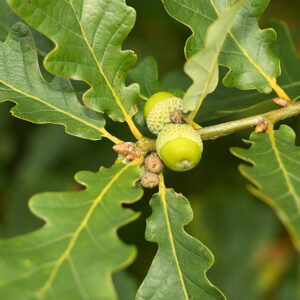

But if you were to distinguish between the oaks as they are, it is the leaves that can help you identify which oak is which. The Common English Oak has short stalked leaves with long stalked acorns and more pronounced ‘earlobes’ at the bottom of the leaf. Where as the Cornish or Irish Oak, has longer stalked leaves with clusters of acorns on short stalks attached directly to the outer twigs and lack the ‘earlobes’ at the bottom of the leaf.
Oak trees facts
Oak trees can live to between 500 and 1000 years old. As it grows and ages it becomes more valuable – just like us! Once they reach 400 years, they are considered to be ancient (that’s one to tell my children, they already think I’m ancient). It may be hard to tell how old an oak tree is unless you’re an expert but the general rule is to look out for ancient characteristics and the girth size of the tree. One of the most famous English oaks is the Major oak in Sherwood Forest which the legendary Robin Hood is said to have used as a hideout. It is thought to be over 800 years old.
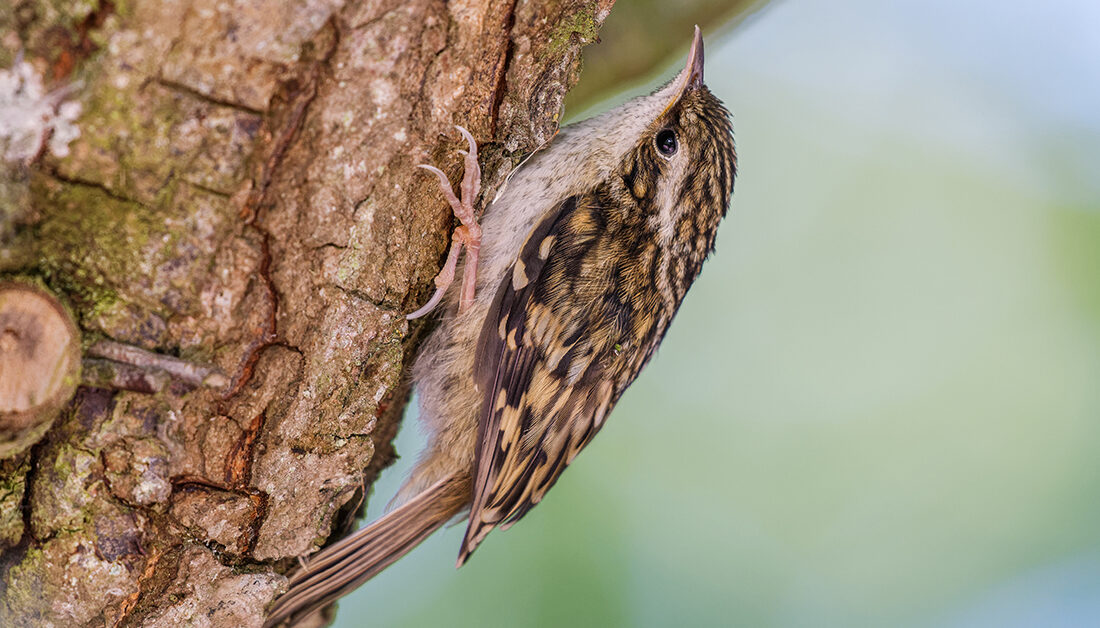
Oaks can shorten with age to extend their lifespan and it can take up to 150 years before the wood is ready to use in construction. They can produce 10,000 acorns a year but this tends to only happen every 5 years. The abundance of acorns, deep grooved bark and juicy green leaves is why this tree is a haven for wildlife. It provides a safe space to eat and shelter for birds, squirrels, insects and many more species.
How to grow oak trees
Growing oak trees from acorns is a great activity for both adults and children. You could try a little experiment with the grandchildren by collecting acorns soon after they fall and potting them. To start with, you need to choose the right acorn – plump, brown and undamaged. You can tell if it is ripe and ready to sow if the acorn comes out of the cup easily, this will give it the best chance of germination. Don’t leave them unpotted for too long after they fall, otherwise they will dry out.
Once you have chosen the best acorn, follow these simple steps…
- Use a pot with drainage holes that is at least 15cm high to allow for the long root an oak has.
- Fill three quarters of the pot with peat-free compost.
- Place the acorn on its side and cover with 2-3cm of compost.
- Make sure you water it and place in a sheltered area away from any rain but with plenty of light.
Then wait…this may not happen quickly enough for the youngsters but you can expect germination to take place in spring. So when they come to visit they can check on how the little acorn is doing and give it a water. If successful, repot your oak seedling when it reaches about 25cm in height.
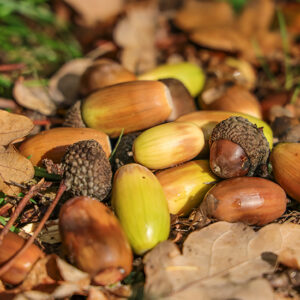


Oak tree activity ideas
With Yateley Common not far from Blackbushe Park, why not incorporate your acorn potting with a trip to the Common to see if you can spot the different oaks around. Can the grandchildren spot the differences? Be sure to follow the nature trails where you will find an assortment of plaques, each with an image of a plant, bird or animal that might be found on the heathlands. Take along some crayons and paper and use them to make a print. Place the paper over the plaque and rub the crayons across the paper. The children will love creating their own creative picture of the heathland.

If you live at Blackbushe Park and are interested in volunteering with local conservation groups in the area, The Yateley Society have taken previous surveys of oak trees in and around Yateley to determine the age of local oaks and to see whether any ancient oaks still exist. Areas such as The Royal Oak Valley rely heavily on volunteers to help conserve the nature reserve for the wildlife.
We do not currently have any homes for sale at Blackbushe Park, but we are delighted to announce a really exciting opportunity to own a brand new home on this lovely park.
To find out about the progress of the development, see our Redevelopment News Page.

